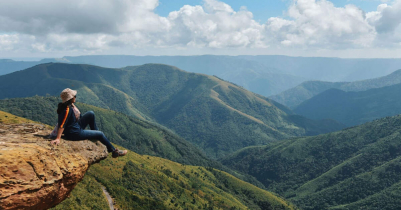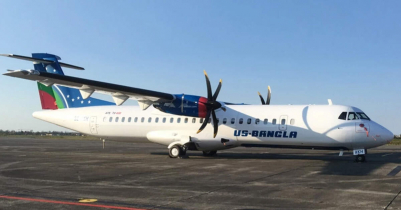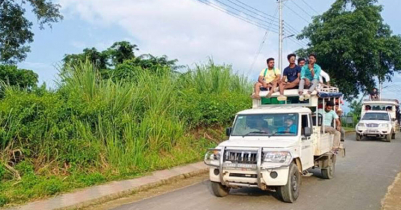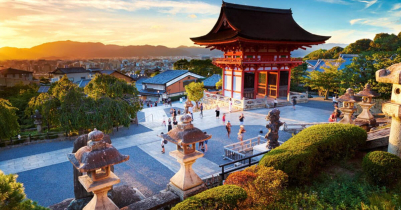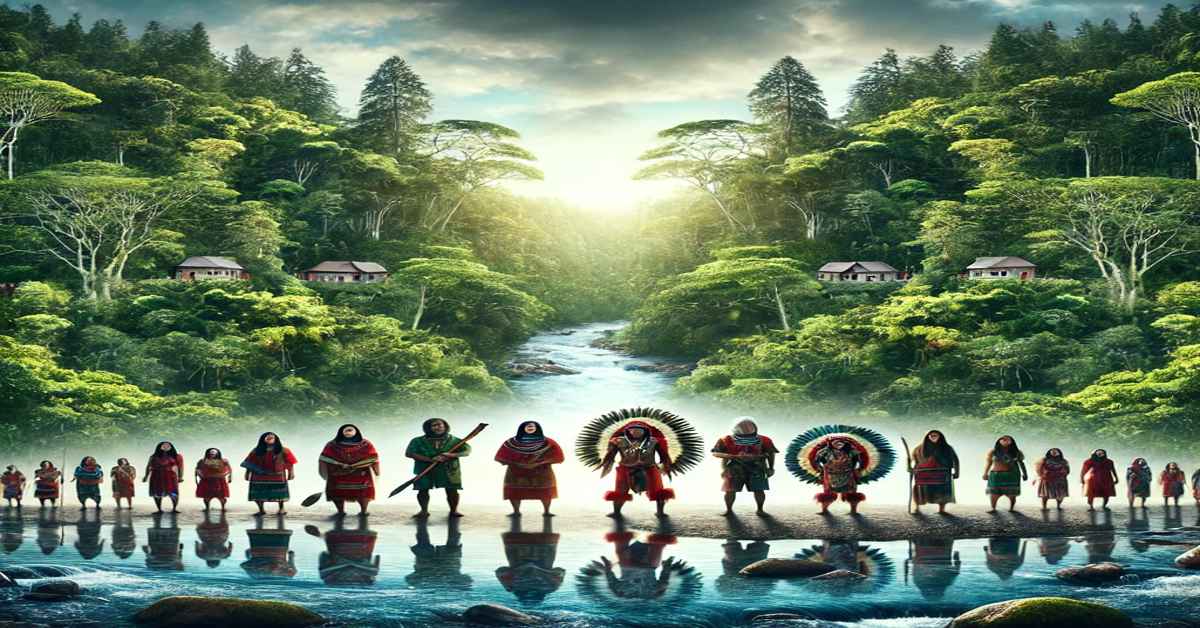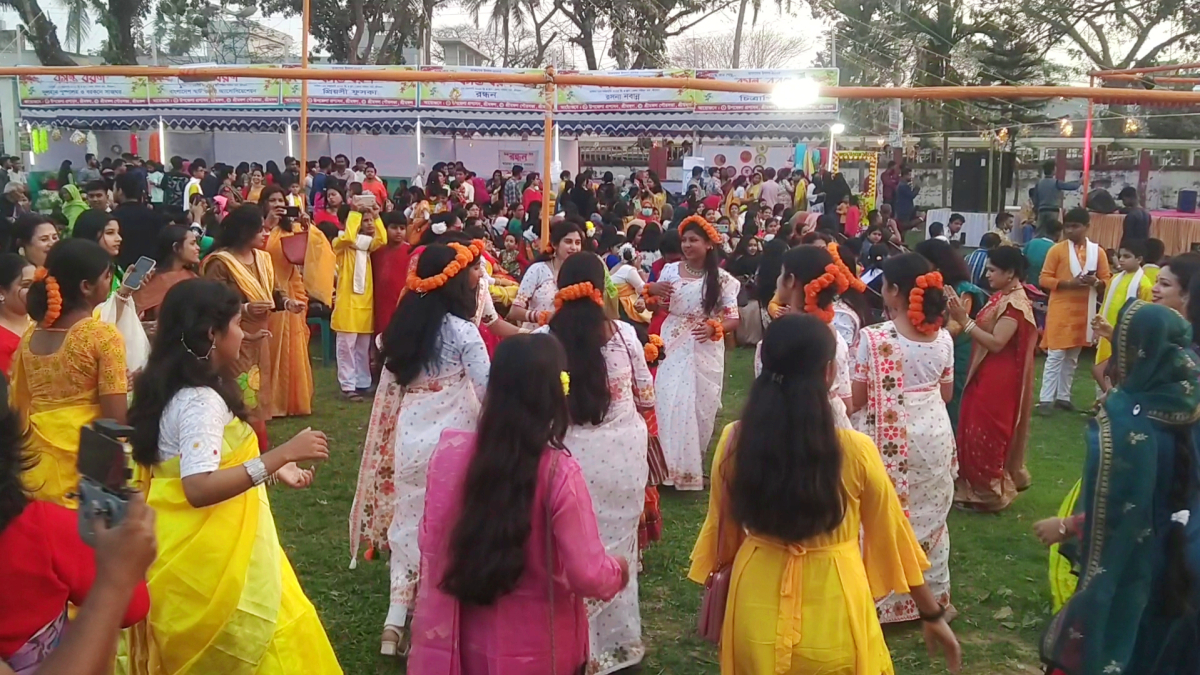Farid Farabi
Meghalaya land of majestic waterfalls
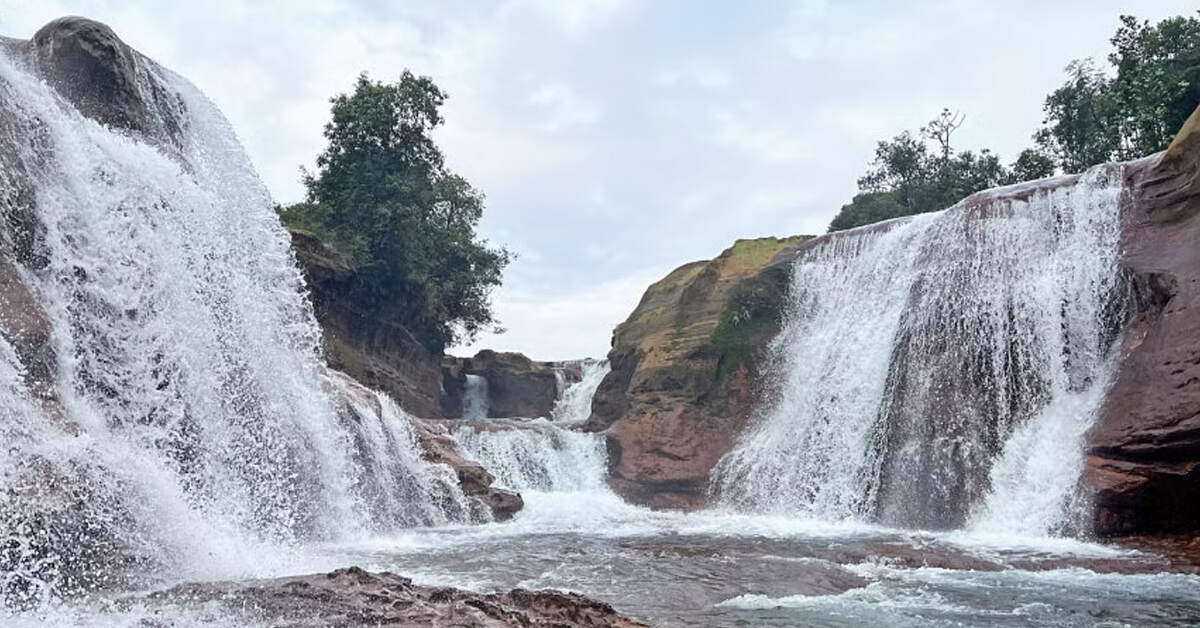
It was a hilly meandering road skirting the India-Bangladesh border. By-passing a dense betel nut orchard, our car was heading towards Syndai, a village of Meghalaya.
The scenic beauty of the villages along the road was captivating. The structures and decorations of every village dwelling were certainly showing off the dwellers aesthetic taste. Presence of cars at the doorstep of many households was also indicating the financial state of the Khasi tribe of this area. Betel leaves and nuts were not only the source of their income, but their red-stained lips also showed that these were close to their daily life.
Natural beauty and proximity have made Meghalaya one of my favourite travel destinations. The enormous green mountains covered with white clouds, fascinating waterfalls, the unique lifestyle of people – all these have made Meghalaya a unique place in the whole world.
Among my travel companions was Mustafiz Ratan, who visited Meghalaya at least 30 times. This time ur plan was to visit some less familiar places and waterfalls.
The previous day, we started our journey from Dhaka at 11:00pm and reached Tamabil port, Sylhet at around 6:00am. We crossed the border by 10:30am, and finally started our tour from Dawki Bazar at around 1:00pm.
Reaching Syndai after one and a half hours by car, we found it nearly empty. We came here to visit the Syndai Cave. We managed to find a local to get suggestions on how to get there. A rocky trail led us to the entrance in a very short time and we proceeded into it with our torch lights. It is a natural cave like the famous Mawsmai Cave in Sohra, and many others in Meghalaya. Though small, it was gorgeous.
Afterwards, as per our plan, we started for a waterfall near Syndai village around 4:00pm. A youngster from the village guided us through the 40-minute trail towards the Thoyaidoloi Falls.
The hike was through a mountain trail alongside small mountain streams, which, according to the local guide, lead to the falls. Hillocky thickets on the way reminded us that this path is not well trodden. Unfortunately, we started late for the falls and it was already dark. Besides, we had to cross streams and our guide suggested that we fall back as it was not safe to cross the raging streams fed by recent rainfalls.
And respecting the unwritten rules of the mountains, we decided to step back. We weren't happy, but it was unavoidable.
Later on, having snacks in a village store, we started towards Risamina Homestay, our night stay in Amlarem town in Jaintia Hills District of Meghalaya.
Considering amenities, most of the Bangladeshi travellers prefer to stay in either Sohra or Shillong in Meghalaya. But because our plan was more focused on trekking, we choose to stay closer to our travel destinations. That's why we are in Amlarem. We had a homely experience there.
We planned to make the most out of the next day. After roaming around a little bit, we left the homestay at 8:30am, and had our breakfast in Amlarem bazar.
The day's first destination was Amtasam falls. With the help of google maps and locals, we figured out the trail towards Amtasam. Our hike started through a pineapple garden. After just 20 minutes hike down the trail, we had a glimpse of the waterfall from a distant. The splashing water had created a reservoir of clear water down there. It was inviting us to take a dip!
We had to be extra cautious as the rocky stairs were extremely slippery.
Reaching the water reservoir, a few of our mates, couldn't resist the water. The outstanding views kept the rest of us busy. I sat on a boulder and kept looking at the untamed beauty around. The sight of water splashing down through the green mountains on the crystal clear reservoir was simply breathtaking. We had spent almost an hour there before we started hiking back.
Going downhill to the waterfall was risky but going up while returning proved to be challenging. Keeping in mind about the busy schedule for the rest of the day, we tried our best to make it to the top as soon as possible.
After reaching Amlarem, we headed towards Leksha Dam along the road to Rimbai at around noon. Our car ride took almost an hour to reach the dam. Built on the basin of the mountain river Myntdu in East Jaintia hill, the dam was a sight to behold. Myntdu river is the lifeline for the people of the Jowai region as it remains the main source of water.
Standing on the dam, we could see the region better. Due to the security issues, taking photos of the dam area was not allowed. Anyhow, we captured some. We wanted to visit another falls named Leshka there, but could not as landslides cut access to it.
Our next estination was Lumshken, a village further up in the mountains. The area has several waterfalls but its relatively remote location discourages most of the travellers from visiting.
It was a continuous uphill drive through winding mountains. With every sharp bend of the road, the scenes seemed more stunning. After an hour's drive, again with the guidance of the locals, we finally reached Lumshken.
The next destination was the most beautiful falls of the day, Tangnup. With a local youngster as guide, we took a 20-minute hike through a mountain valley. And then we had the glimpse of the majestic waterfall.
We passed the slippery part with extra caution, and finally the waterfall was there in front. What a wonderful view it was!
As our entire itinerary contained less trodden places, we fhardly encountered any tourists!
Lamo Falls
However, we met a group of female north Indian travelers in Lumshken who were surprised to meet a Bangladeshi group at such remote spot!
The sun was already in the west sky, and we needed to return to the village. But on the way back, Nayem, one of our tour mates, reminded us about the first step of Tangnup just 15 minutes away!
That was enough to persuade us.
After visiting the first step of Tangrup, it was time to visit the last waterfall of the day, the famous Lamo falls. But unfortunately we lost our way.
After wasting some precious time, when we got back on the the trail, the sun was almost about to set.
We couldn't but waste a few more minutes closely inspecting the road. The blocks used to build it were made of polythenes. A signboard said that the 1.5km long road was the first of its kind in India built using plastic cell technology in 2019.
Meanwhile, it started raining when we reached the waterfall at 6:15pm. Surrounded by pure nature, the mesmerising waterfall in the twilight was a sight to behold.
Packing activities for the day, when we got back on the national highway that went through Siliguri to Tripura, it was already dark.
Having a brief break in Rimbai market, we reached Amlarem at around 10:00pm. That night we enjoyed the rain till late hours, had fun together, and thus woke up late next morning. In the meantime, some of our tour mates came back visiting Krangsuri falls, which was pretty close to our location. Though I been there, when I heard the overnight rain made it a giant, I regretted missing the sight!
The next day, we started around 11:30am for Kudengrim village and reached there after 1.5 hours of car ride. Enjoying all the beautiful dwellings in the village, we walked towards Kudengrim Falls and Living Root Bridge. Again, a group of female teenagers guided us towards the falls. Their spontaneity was infectious!
We got down to the waterfall following a rocky, steep staircase.
Standing before the giant Kudengrim Falls reminded us how tiny we were in front of Mother Nature. Fed by rains of the last couple of days, the waterfall was gushing violently. For the first time during the trip, no one dared to think about taking a dip in the water.
However, we did climb the boulders to have a closer look of the waterfall and captured as many memories as we could. I must admit it was risky and strongly advise against doing such reckless act.
It was getting late and we had to get back to the Bangladesh border in time. A 2 and half hours drive from Kudengrim took us to Dawki land port.
After completing formalities at the border, we enterd Bangladesh with lots of memories.
Travel Notes
To visit Meghalaya, one must have an Indian visa, preferably Dawki selected as the entry port. If the tour is preplanned, both transport and hotels can be booked at reasonable price. But if it is unplanned, there are plenty of options. The whole itinerary for a 4 to 5 days tour might cost within BDT 12,000-20,000 including accommodation, food, transport and others. If your tour involves trekking, you must pack proper clothing and shoes. As most of these places are remote, I would recommend you to hire a professional guide. Keep our environemnt clean.
Read More
- The heavenly beauty of Bandarban
- Bandarban tour with my mother on Eid vacation
- 4 places to visit in Tangail
- Meghalaya: A domain Of Clouds and hills
- Explore Maldives with US-Bangla at low cost
- Nepali climber makes record 27th Everest summit
- Conquering thyself: A solo climb of Mount Pisang
- Tanguar Haor : striking beauty of water and hills
- Air travel tax may surge
- Bangladesh-India trains: BR increased the fares





